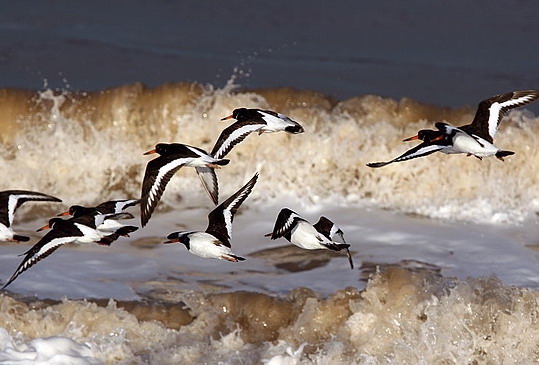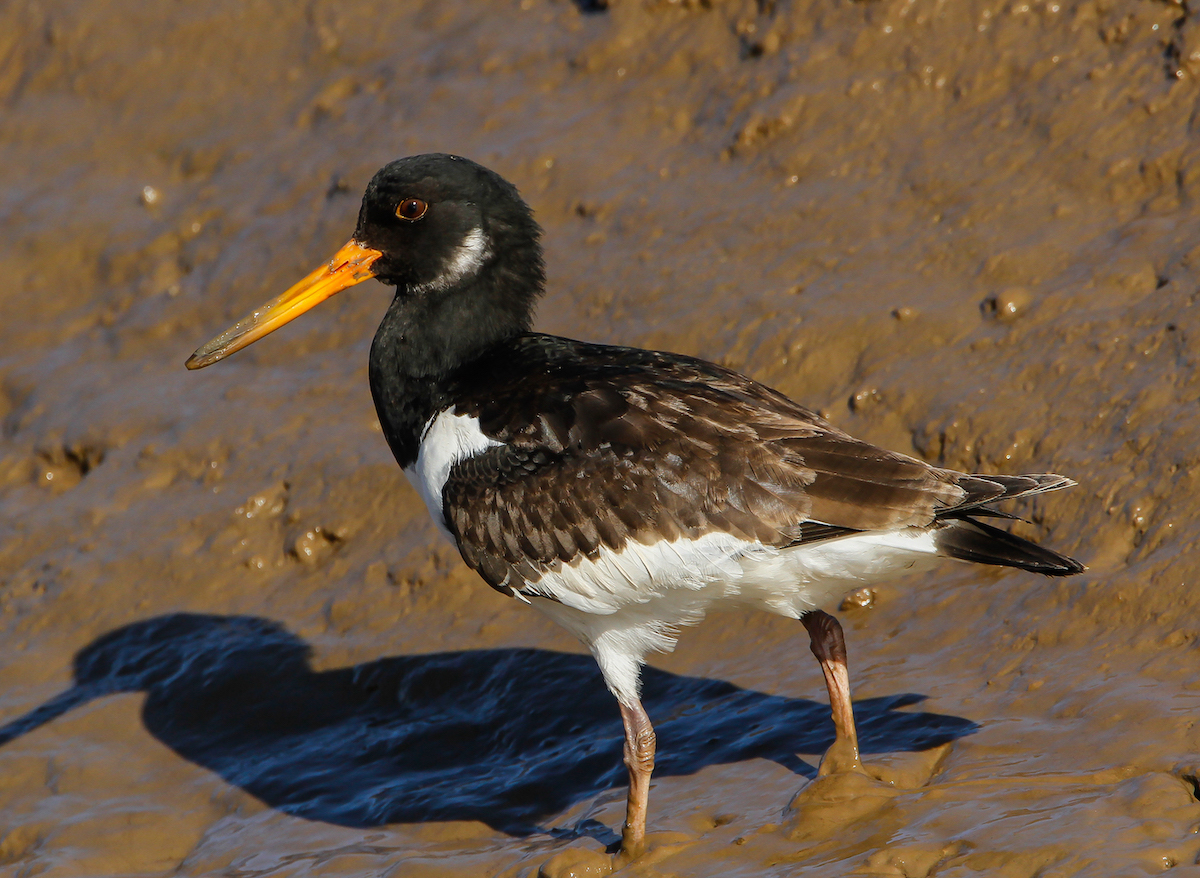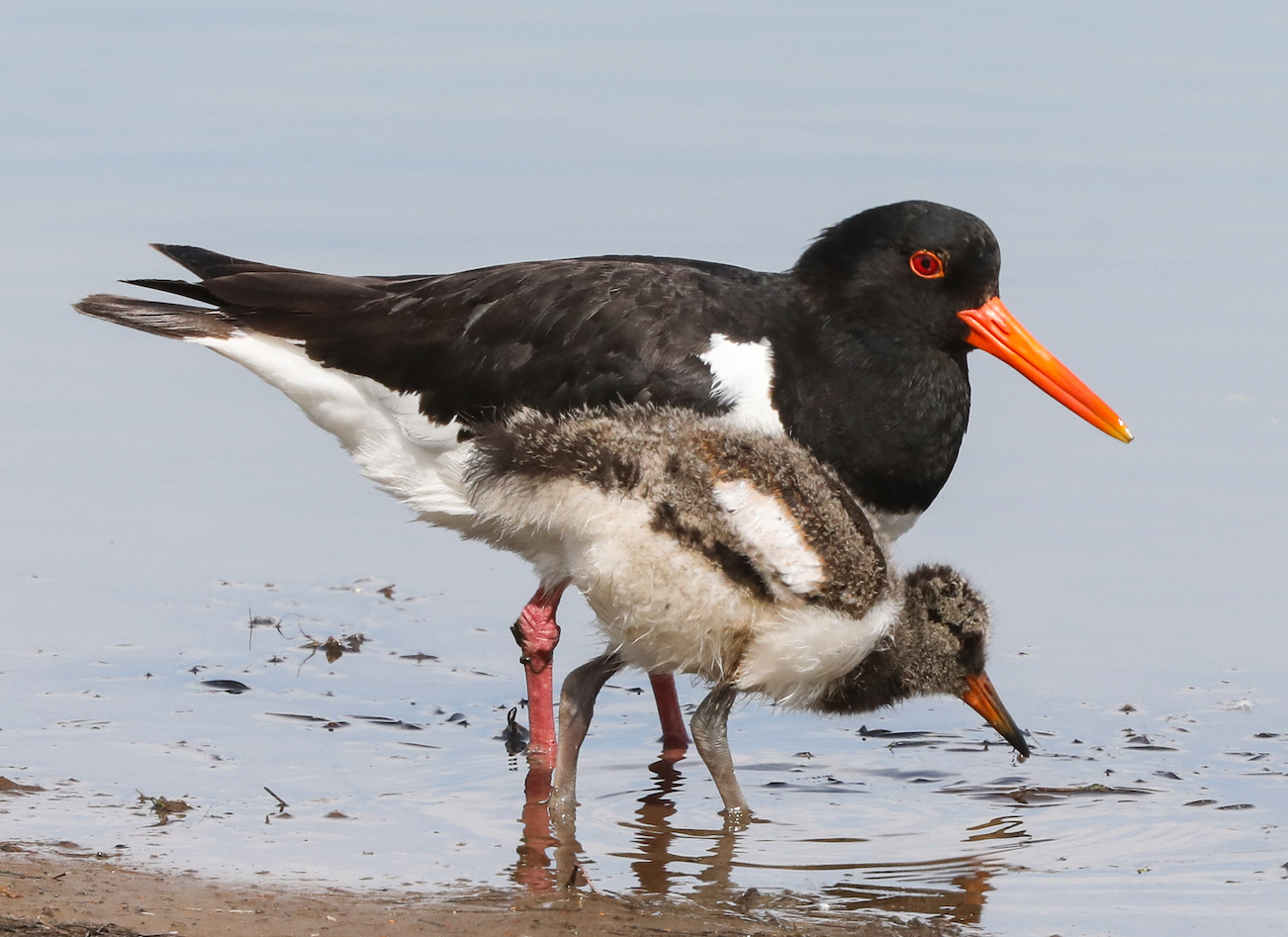Eurasian Oystercatcher Haematopus ostralegus



Formerly restricted to the coast as a breeding bird, Oystercatcher has progressively expanded its presence inland from the 1980s onwards. The Atlas estimated the population at 300 breeding pairs concentrated primarily around The Wash and Humber with a few inland. The BTO Atlas 2007-2011 showed 22 10Km squares inland had been colonised, primarily in the north of the county. The BBS index shows the population has fluctuated considerably over the last 10 years. It is difficult to get a grip on the current population without another full tetrad-based atlas survey. The APEP4 adjusted population estimate in 2016 is 700 pairs which might be in the right ballpark. The winter population was put at 20-30,000 in the Atlas and data from LBR suggests the wintering population now is in the region of 13000 in Lincs. Birds are found mainly in the Humber Mouth from Cleethorpes to Saltfleet and The Wash. WeBS data indicates the wintering Oystercatcher population in England is down 23% on the 25-year trend from 1992/93-2017/18. Migrant numbers in late summer tend to be higher than in winter, with a high count over the last five years to 2018 of 12,000 at Freiston Shore and 5,000 at Gibraltar Point in August 2018.
(Account as per new Birds of Lincolnshire (2021), included October 2022)
